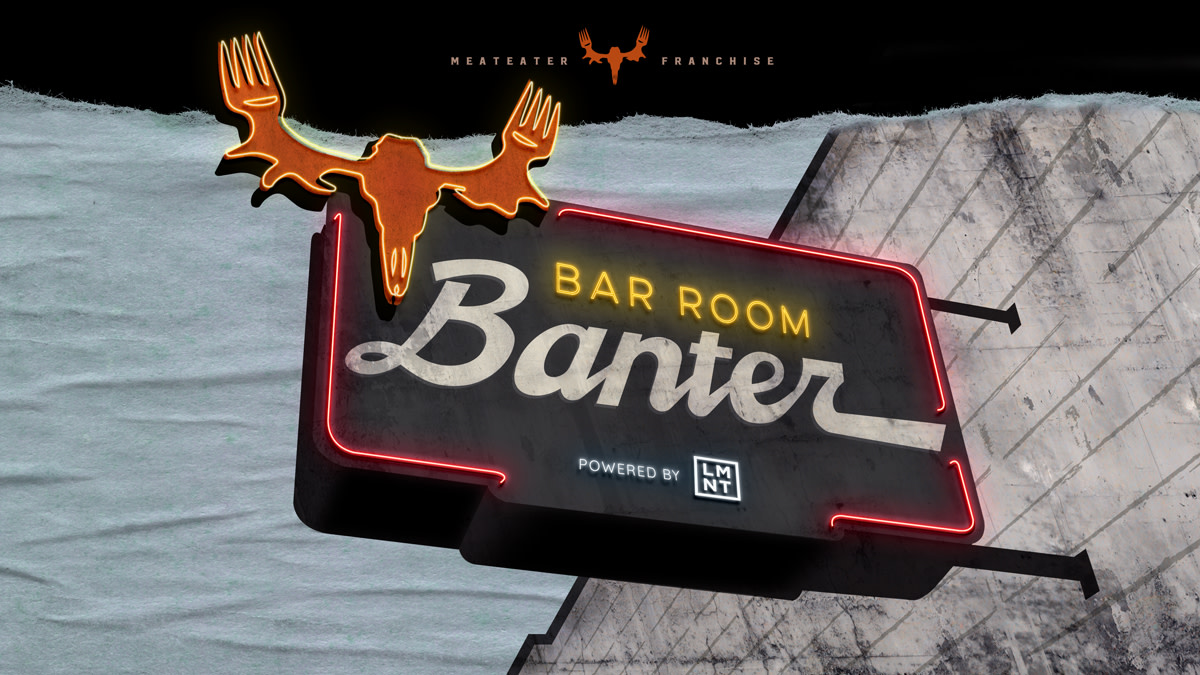
There’s a difference between book smart and bar smart. You may not be book smart, but this series can make you seem educated and interesting from a barstool. So, belly up, mix yourself a glass of LMNT Recharge, and take notes as we look at how you could literally get away with murder in Yellowstone. Powered by LMNT.
You’ve probably heard of legendary raves at Studio 54 in NYC or benders at the Broken Spoke in Austin. But they can’t match dozens of Montana grizzly bears bingeing on trainloads of fermented corn mash back in the 1980s and ’90s.
The setting was Marias Pass, Montana, on the Continental Divide, the spine of the Rockies. U.S. Highway 2 and the Great Northern Railroad cross the pass east-west. It’s a rugged, beautiful alpine landscape providing some of the best wildlife habitat in North America with Glacier National Park to the north and the Bob Marshall Wilderness Complex to the south.
“It is the windiest and steepest stretch of railroad between Chicago and Seattle,” said Tim Manley, a grizzly bear management specialist for Montana Fish, Wildlife & Parks, who has spent his career managing conflicts between people and bears.
The corridor is a major shipping route from the farmlands of the Midwest to the ports of Seattle. Thousands of railcars rumble over the pass daily. Marias Pass is also subject to brutal blizzards, avalanches, landslides, high winds, and seasonal runoff floods.
Trouble began winter of 1988-89. In the span of a month, three different trains wrecked on Marias Pass, two from the same broken portion of track, one from a blizzard and high winds. One hundred and four cars derailed, 72 of them carried corn and grain—an estimated 20 million pounds of it.
The Burlington Northern Railroad was eager to clear the track and get traffic moving again after these wrecks, so crews with bulldozers simply buried the grain.
But the grain did not stay in the ground. Rain and melting snow, followed by summer heat, fermented the buried grain. The place smelled like a distillery. Volunteer corn plants sprouted from the gravel. Bears followed their noses and did what they do best—dig up food sources and chow down. Bears dug so enthusiastically they undermined the railroad bed.
Before long, at least 24 individual grizzly bears showed up for the feast, congregating like their cousin brown bears on Alaskan salmon streams. Some news outlets reported that the bears got drunk from the sour mash. While the media loved the “drunk bears” trope, no one performed breathalyzer test on any of them.
Looky-loos and tourists showed up, setting up lawn chairs for close-up viewing and clogging highway traffic. Park Service and Forest Service officials eventually closed the area to all parking.
At least eight grizzly bears (an ESA-listed species then and now) visiting the corn bonanza were killed by passing trains. Others learned bad habits such as lingering close to people. Manley and other biologists deployed noisemaking cannons, dog teams, and electric fences to deter the bears, but hungry bruins are notoriously persistent—and they never forget a food source.
The motherlode of sour corn was so vast that the troubles continued for several years. Eventually the railroad, under public pressure, returned heavy equipment operators to the scene to remove buried corn by the truckload. Desperate to avoid another expensive fiasco, the railroad implemented speed limits and installed welded rails, concrete ties, and other features to prevent future derailments. Today’s policies call for the railroad to vacuum up spilled grain instead of burying it.
“I think the steps they have taken have helped reduce the number of derailments,” Manley said. “There have not been any major grain spills in recent years. But grain still does dribble onto the tracks and some bears, even young bears, still frequent the tracks looking for bits of grain.”
Thus, the problem has not yet been fully solved.
“Trains still do kill bears along the tracks. In addition to the spilled grain, trains have hit wild ungulates and livestock on the tracks,” Manley said. “Sometimes these get removed by [railroad crews] or us if they are accessible. We have had several grizzly bears hit and killed by the trains while feeding on carcasses adjacent to the tracks.”
But, if we’re lucky and pay attention, the massive bear binges of Marias Pass may be legends of the past. Grizzlies are dangerous enough when they’re sober.
Feature graphic via Hunter Spencer.






Conversation